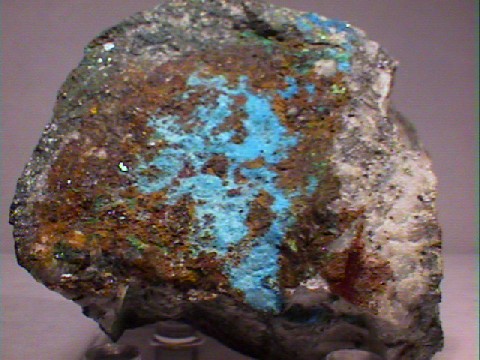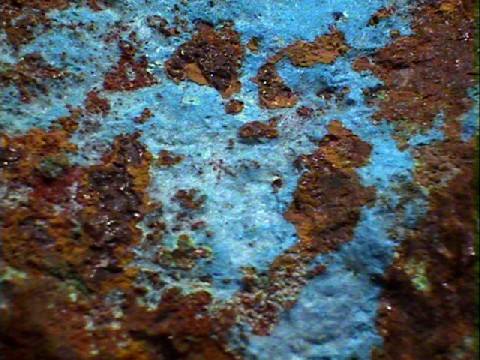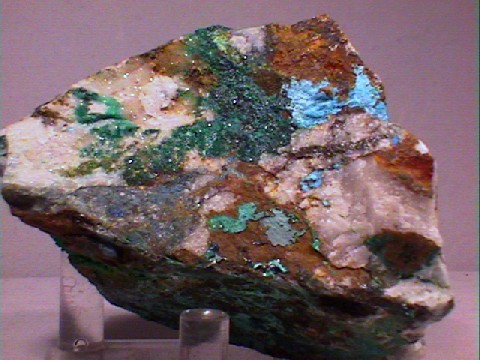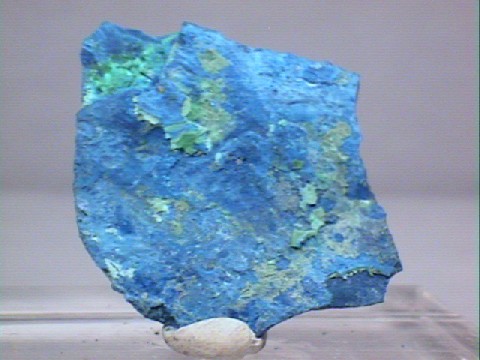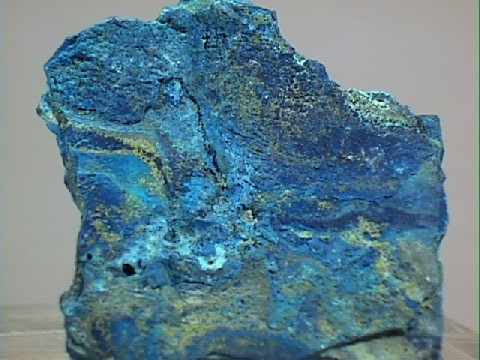 THE MINERAL CONNELLITE
THE MINERAL CONNELLITE
- Chemistry: Cu19SO4Cl4(OH)32 - 3H2O, Hydrated Copper Sulfate Chloride Hydroxide.
- Class: Sulfates.
- Uses: As a minor ore of copper and as mineral specimens.
Specimens
Connellite is named after a Scottish chemist; A. Connell. When first discovered in the 1790's at Wheal Gorland in Cornwall, connellite was thought to be an arsenic of copper. It wasn't until the 1850's that connellite was properly identified as a copper sulfate. Connellite is related to the nitrate mineral buttgenbachite. The two minerals are isostructural and share the same chemistry, except for the primary anion group. Connellite is a secondary mineral found in some unusual oxidation zones of copper deposits. When available, specimens should quickly be purchased as they will soon be a treasured addition to anyone's collection.
PHYSICAL CHARACTERISTICS:
- Color is deep blue to a more rare, blue-green.
- Luster is vitreous.
- Transparency: Specimens are mostly translucent to individual crystals being transparent.
- Crystal System is hexagonal; 6 2 2.
- Crystal Habits include acicular to fibrous crystals arranged in tufts, layers or radial aggregates.
- Cleavage is absent.
- Fracture is uneven.
- Hardness is 3
- Specific Gravity is approximately 3.4 - 3.5 (slightly above average for non-metallic minerals).
- Streak is blue.
- Associated Minerals include quartz,
azurite,
cuprite,
brochantite,
caledonite,
atacamite,
paratacamite ,paramelaconite , malachite,cornubite and chalcophyllite, among others. - Notable Occurrences are limited to the Wheal Gorland and other mines of the Wheal Providence,
Cornwall , England; South Africa and the mines of Bisbee, New Cornelia, Mammoth-St Anthony and Copper Queen of Arizona, USA. - Best Field Indicators are crystal habit, color, associations and locality.

